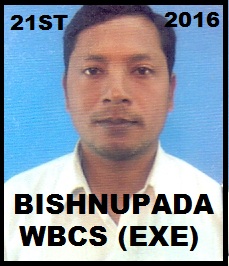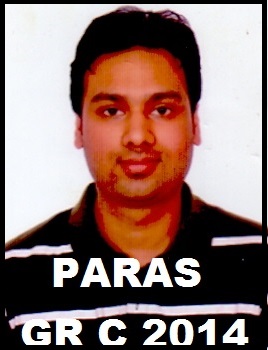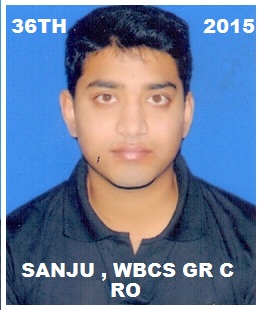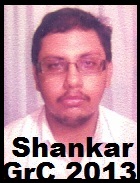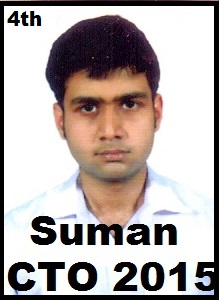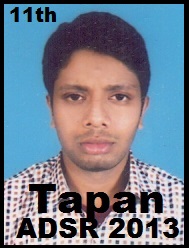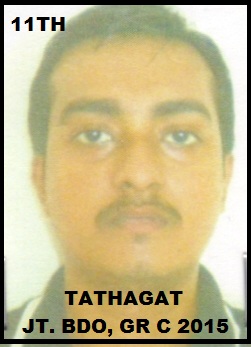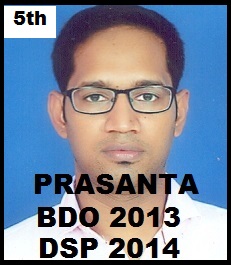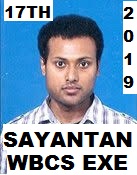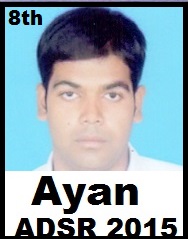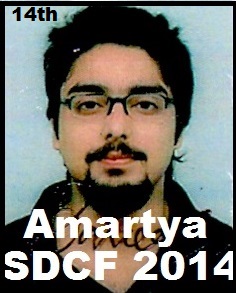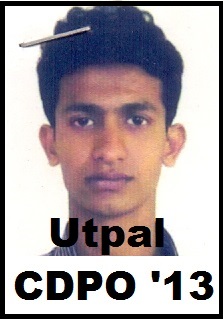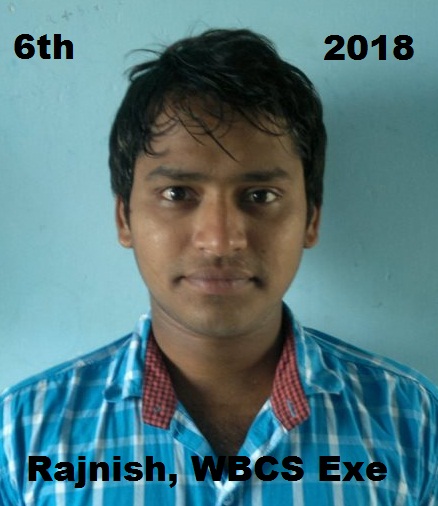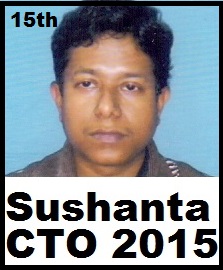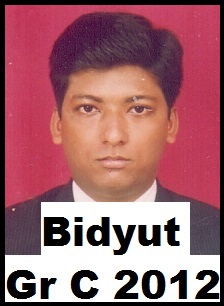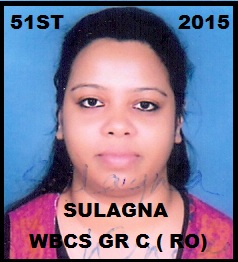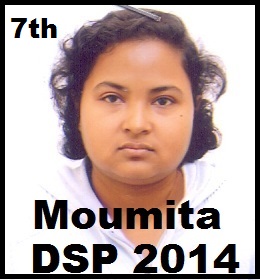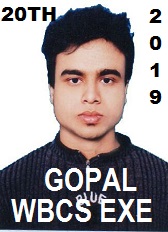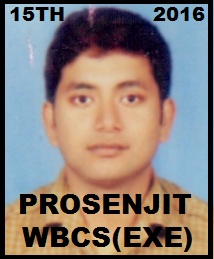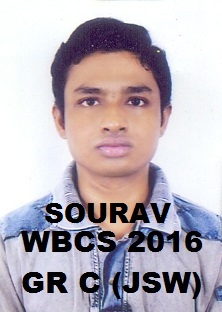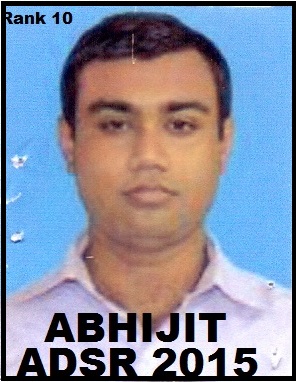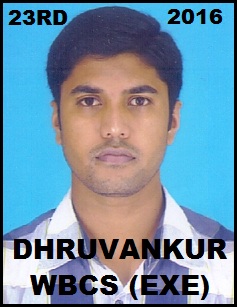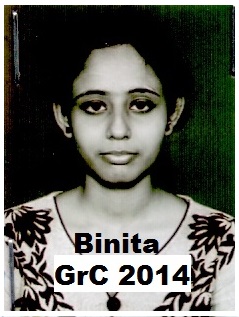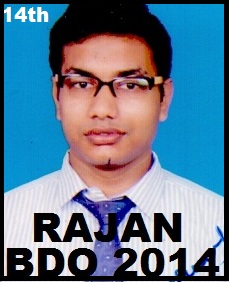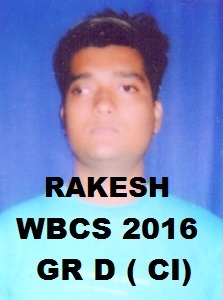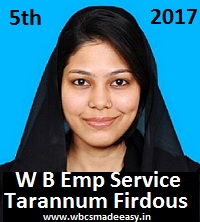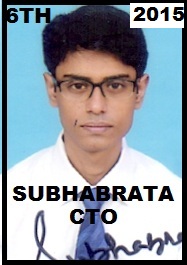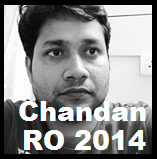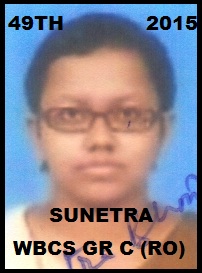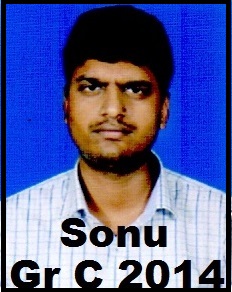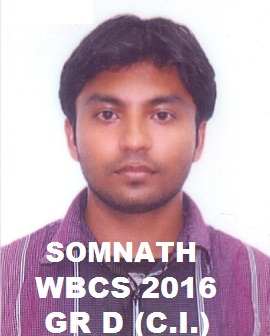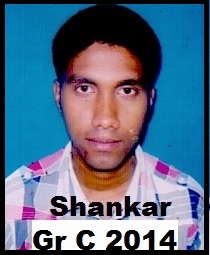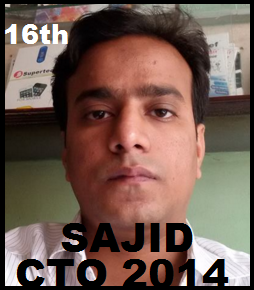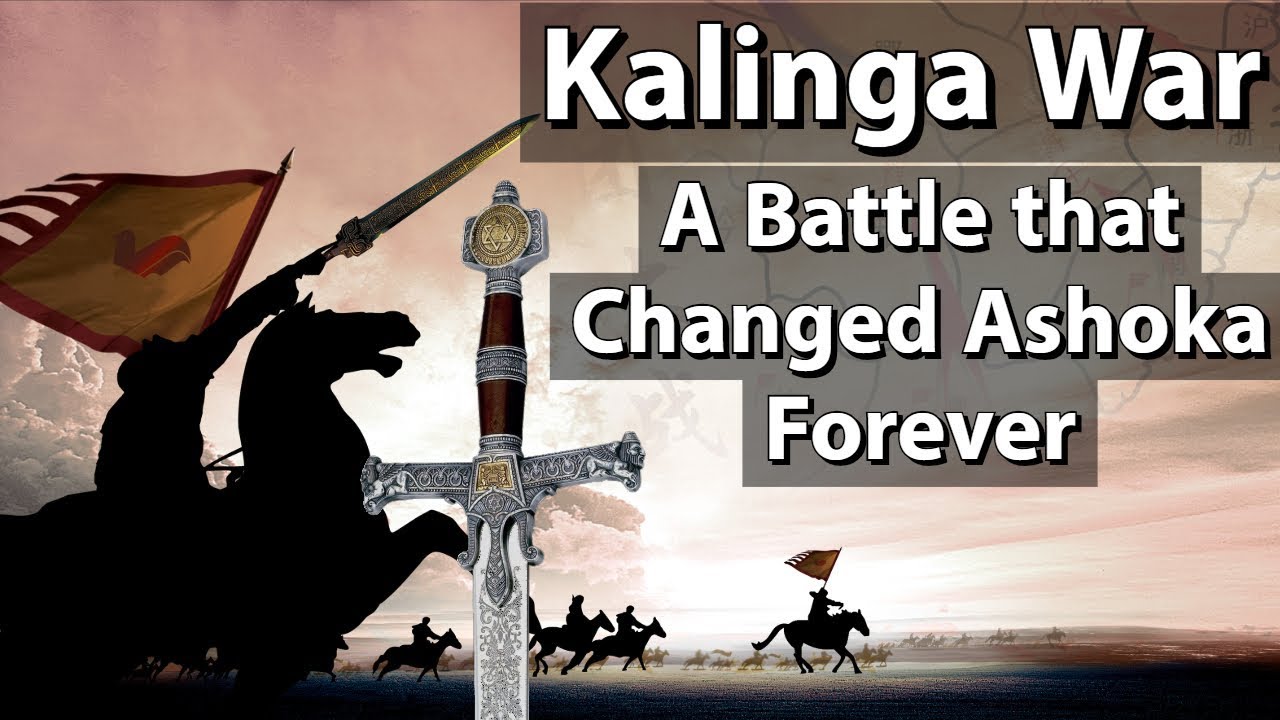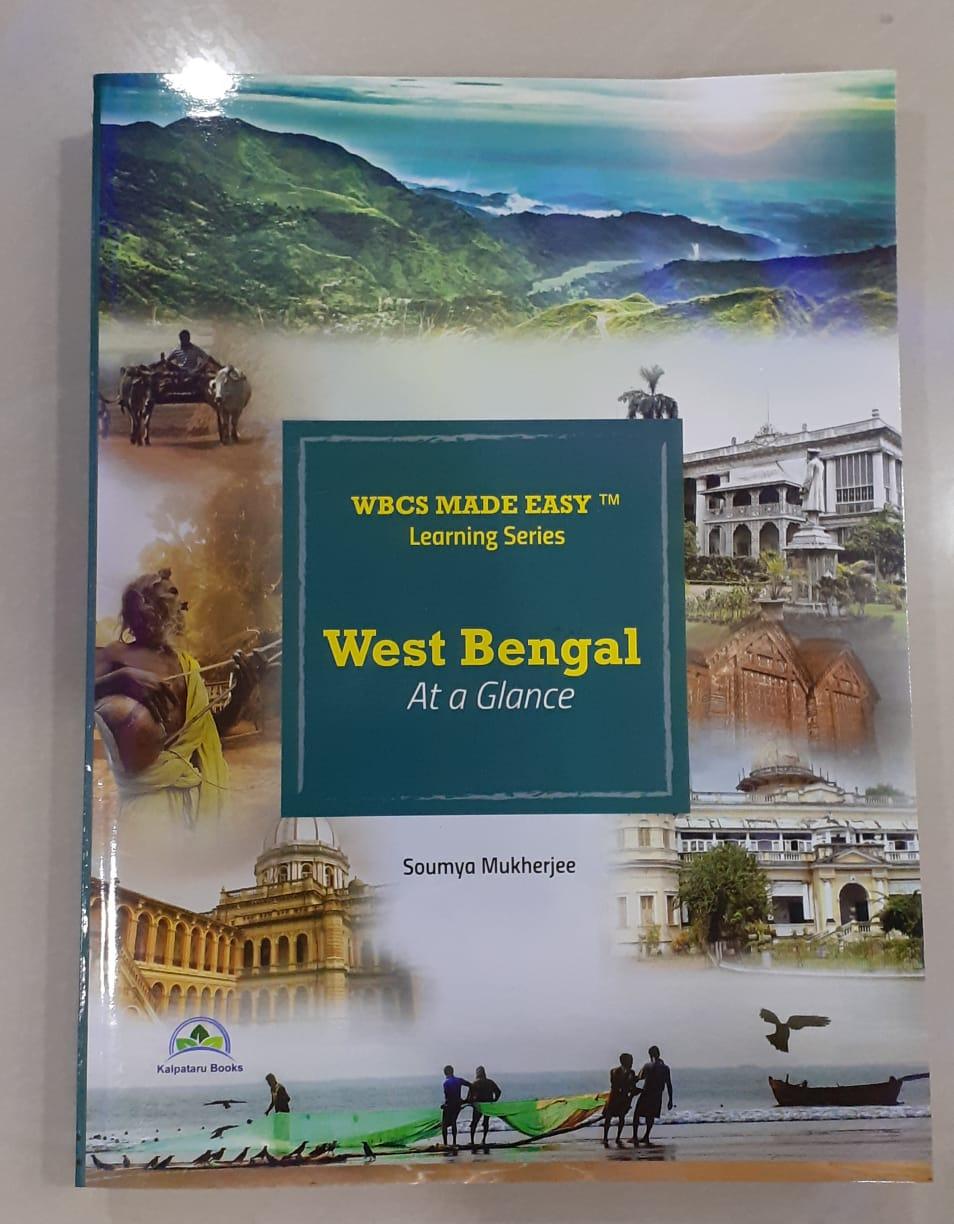Kalinga War And Its Impact – History Notes For – W.B.C.S. Examination.
কলিঙ্গ যুদ্ধ এবং এর প্রভাব – ইতিহাসের নোট – WBCS পরীক্ষা।
- The Rock Edict XIII describes brightly the horrors and miseries of Kalinga war and its impact on Ashoka’s life.Continue Reading Kalinga War And Its Impact – History Notes For – W.B.C.S. Examination.
- The Rock Edict XIII describes that one lakh people were killed in this war, several lakhs perished and a lakh and a half were taken prisoners.
- These figures might be exaggerated, but it is clearly mentioned that this war had a devastating effect on the people of Kalinga. Likewise, this became the last battle fought by Ashoka.
- The panic of war completely changed the personality of Ashoka. He felt great regret for the killings of the war. He left the policy of aggression and adopted the policy for the welfare of people and animals.
- Ashoka sent ambassadors of peace to the Greek kingdoms in west Asia and several other countries.
- Ashoka did not pursue the policy of peace for the sake of peace and under all conditions.
- Rajjukas was a class of officers appointed within the empire not only for rewarding people, but also punishing them if required.
Ashoka’s Dhamma
- Ashoka’s personal religion was Buddhism.
- In Bhabru rock edict, he says that he had full faith in Buddha, Dhamma, and Sangha.
- Ashoka accepted Buddhism as his main faith, but he never forced Buddhist ideals on his subjects.
- Ashoka believed in unity among ethical and moral values of all sects. He showed great respect to all sects and faiths.
- In Rock Edict XII Ashoka says, “I honor all sects and both ascetics and laymen, with gifts and various forms of recognition“. He pronounced his policy of equal respect to all religious sects very clearly.
- After the Kalinga War, the propagation of Dhamma became the utmost objective for Ashoka.
- Ashoka’s edicts explained Dhamma as a ‘Moral Law‘, a ‘Common Code of Conduct,’ or an ‘Ethical Order’. Further, he says that it is not a religion or a religious system.
- In Pillar Edict II, Ashoka puts a question to himself: “What is Dhamma?” Then he mentioned the two basic constituents of Dhamma as less evil and many good deeds.
- Ashoka explains evils as rage, cruelty, anger, pride, and envy that are to be avoided.
- Ashoka explains many good deeds as kindness, liberality, truthfulness, gentleness, self-control, purity of heart, attachment to morality, inner and outer purity. These good qualities are to be pursued ardently.
- Ashoka, in his Rock Edict XII, prescribes the following codes to be followed −
- Obedience to mother and father, elders, teachers and other respectable persons.
- Respect towards teachers.
- Proper treatment towards ascetics, relations, slaves, servants and dependents, the poor and miserable, friends, acquaintances, and companions.
- Liberality towards ascetics, friends, comrades, relatives, and the aged.
- Abstention from killing of living beings.
- Non-injury to all living creatures.
- Spending little and accumulating little wealth.
- Mildness in a case of all living creatures.
- Truthfulness.
- Attachment to morality.
- Purity of the heart.
- Dhamma is a code for moral and virtuous life. He never discussed god or soul or religion.
- Ashoka implanted a moral law i.e. Dhamma as the governing principle in every sphere of life.
- Ashoka practiced all these principles of Dhamma and asked his countrymen to −
- have control over their passion;
- cultivate purity of life and character in innermost thoughts;
- learn other religions;
- abstain from killing or injuring animals; and
- have regard for them;
- be charitable to all;
- be respectful to parents, teachers, relatives, friends, and ascetics;
- treat slaves and servant kindly; and
- tell the truth.
- Ashoka not only preached, but had actually practiced these principles. He gave up hunting and killing of animals.
- Ashoka made liberal donations to the Brahmans and ascetics of different religious sects.
- Ashoka established hospitals for humans and animals and constructed rest-houses. He also ordered wells to be dug and trees to be planted along the roads for welfare of the people.
- Ashoka adopted Buddhism after observing the brutality of the Kalinga war.
- Non-violence and non-injury to living beings is the cardinal doctrines of Buddhism.
- Ashoka appointed a special class of officials called ‘Dharmamahamatras’ whose sole responsibility was to propagate Dhamma among the people.
- Ashoka conducted ‘Dharmayatras’ (religious journey) and instructed his officials to do the same.
- To propagate Dhamma, he sends his missionaries to western Asia, Egypt, and Eastern Europe.
- Some of the foreign kings from whom Ashoka received the message of Buddhism were −
- Antiochus Theos of Syria
- Ptolemy Philadelphus of Egypt
- Antigonus Gonatas of Macedonia
- Megas of Cyrene
- Alexander of Epirus
- Ashoka sent his son Mahendra and daughter Sanghamitra to propagate Buddhism in Sri Lanka.
Decline of Mauryan Empire
- Ashoka ruled for almost 40 years and died in 232 B.C.
- Soon after Ashoka’s death, the empire broke up and the decline of the Mauryan Empire set in.
- In a period of about 50 years after Ashoka’s death, seven kings followed him in succession
- The empire was divided into an eastern and western part. The western part was governed by Kunala, Samprati and others.
- The eastern part with southern India was governed by six successors of Mauryan kings from Dasarath to Brihadratha. They were having their capital at Pataliputra.
- The power and prestige of the Mauryan Empire were challenged by Andhras (in the south India) and continuous attacks of Greek king in the west.
- The king Brihadratha was killed by Pushyamitra who was the commander-in-chief of the army.
- The incident of the killing of the king in full view of the public, and in the presence of his army clearly reflects that the king neither enjoyed the loyalty of his own army nor the sympathy of the people.
- This is the only recorded incident in the history of India till the 12th century A.D., wherein the king was murdered and replaced.
- Pushyamitra ascended the throne, but he never declaring himself as the king rather retained the title of the Senapati.
- In a very dramatic way, the Mauryan Empire declined and disappeared just in 50 years after the death of Ashoka.
Guided by WBCS Gr A Officers , Online and Classroom, Call 9674493673, or mail us at – mailus@wbcsmadeeasy.in
Visit our you tube channel WBCSMadeEasy™ You tube Channel
Please subscribe here to get all future updates on this post/page/category/website



 +919674493673
+919674493673  mailus@wbcsmadeeasy.in
mailus@wbcsmadeeasy.in


